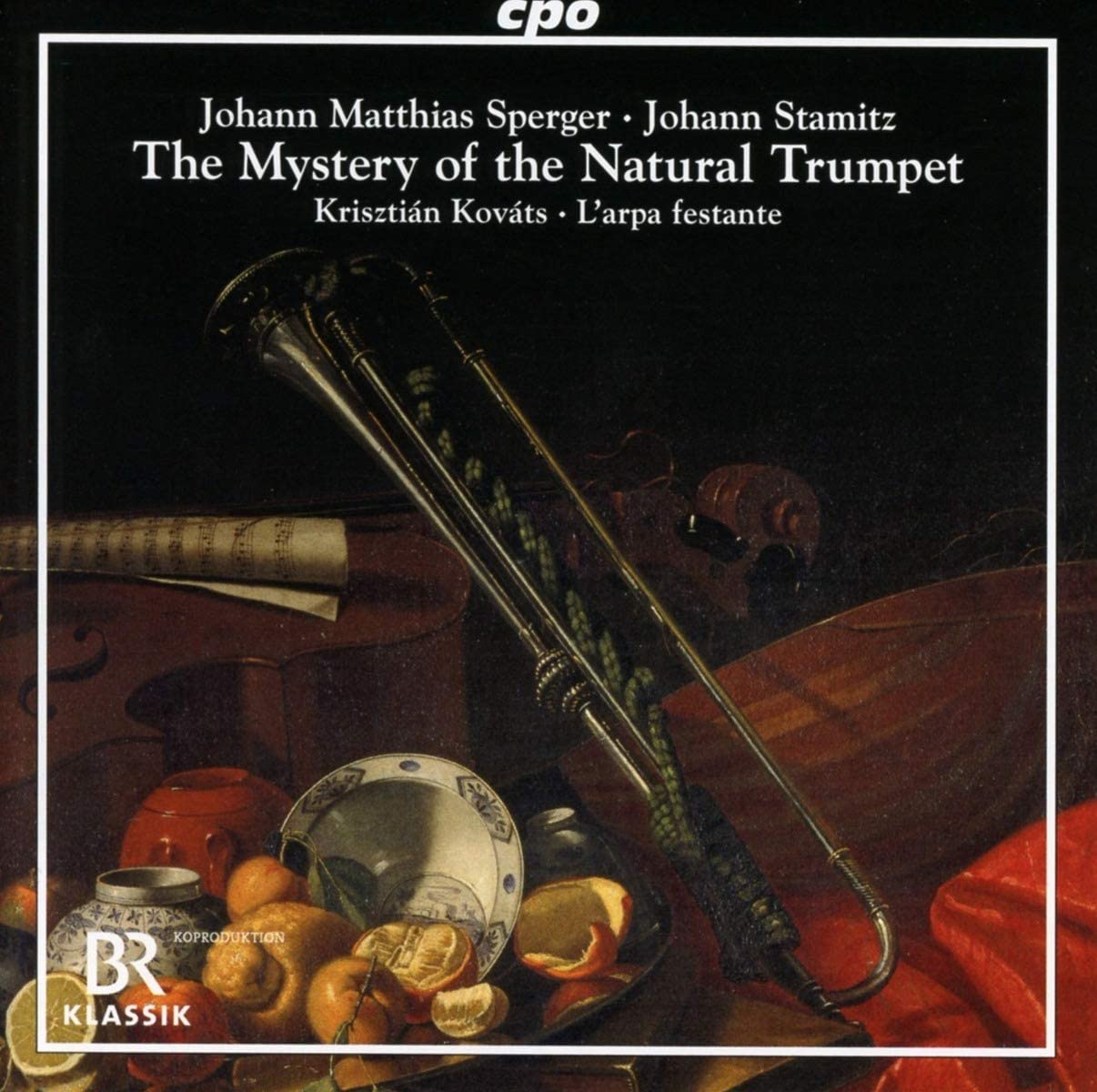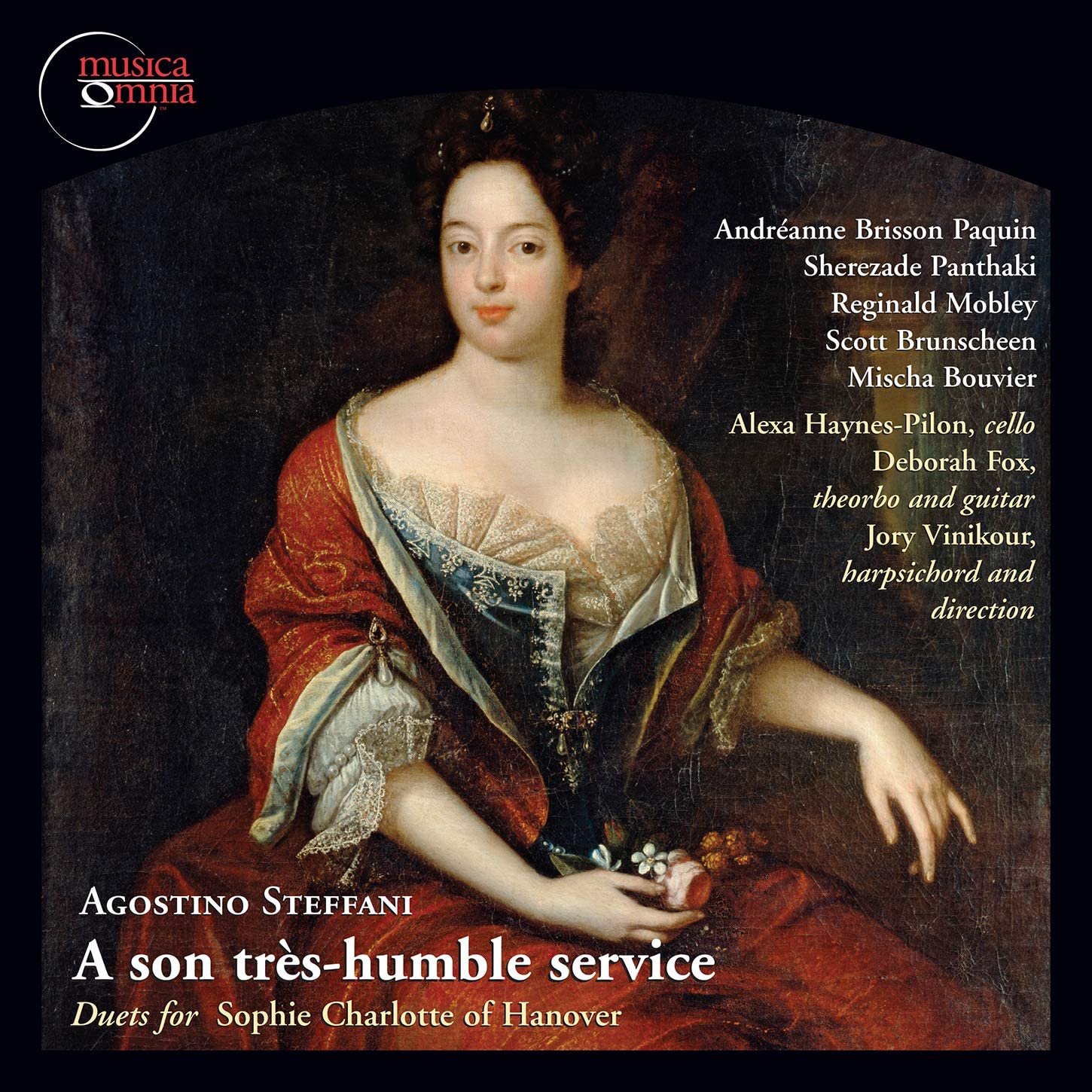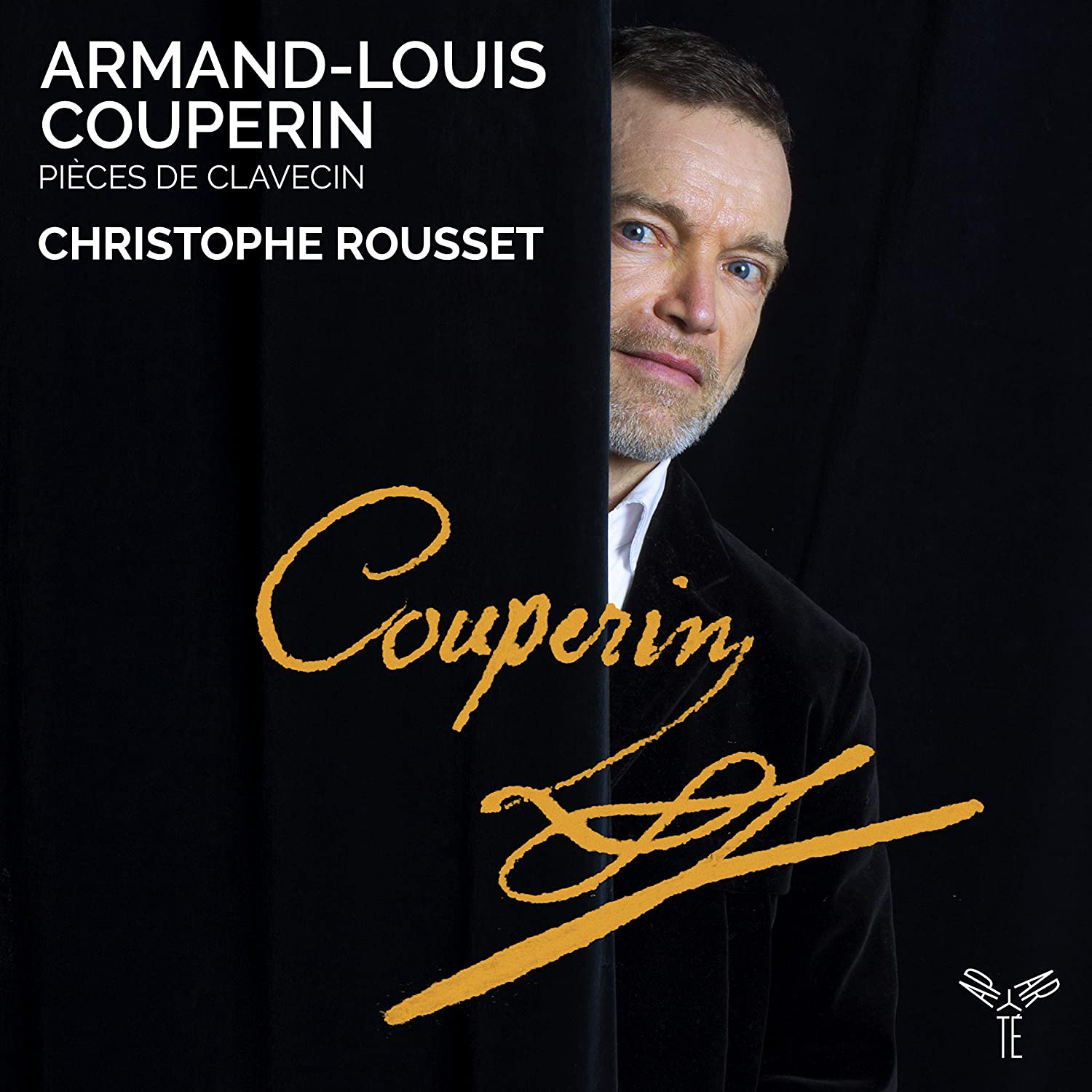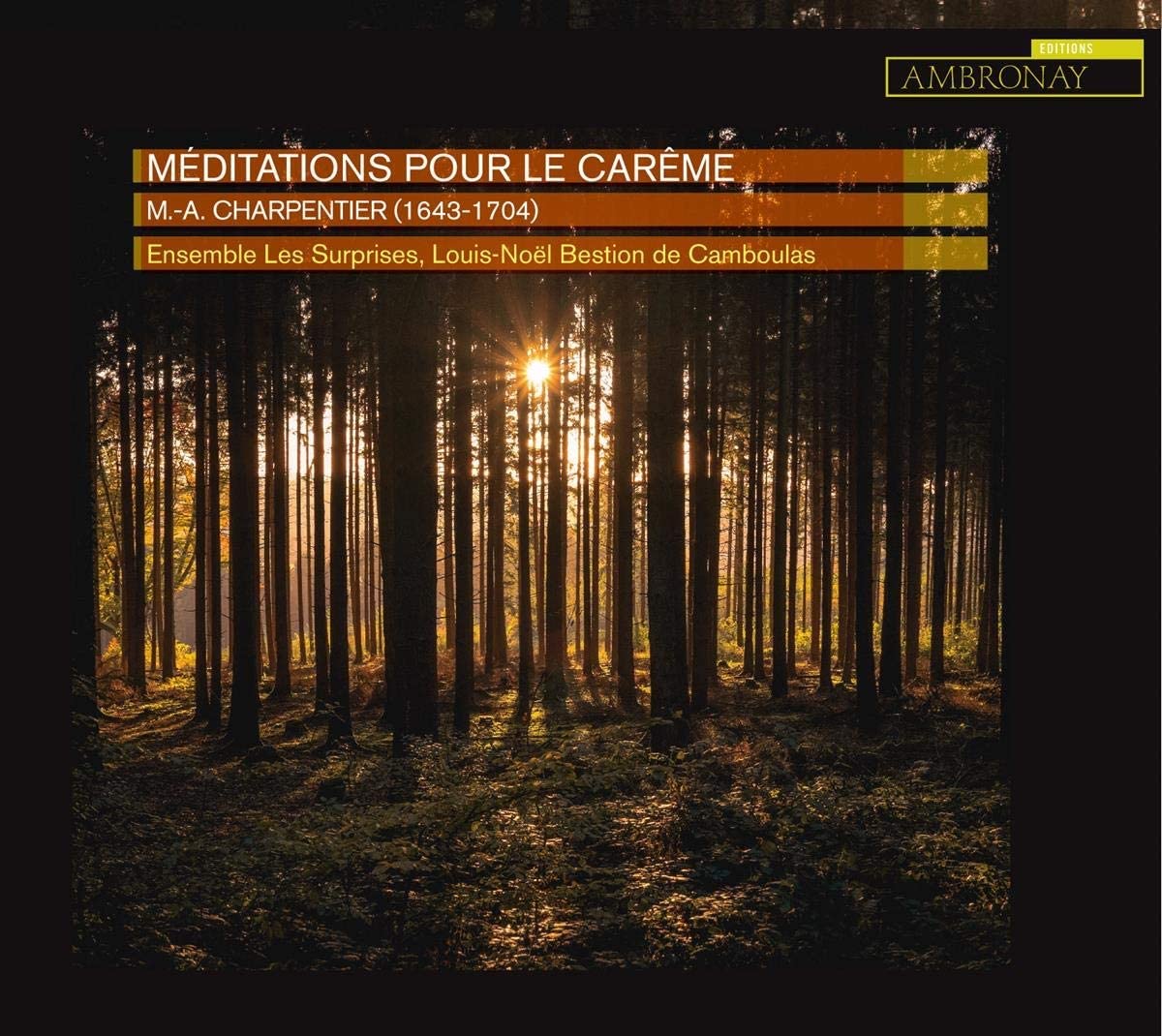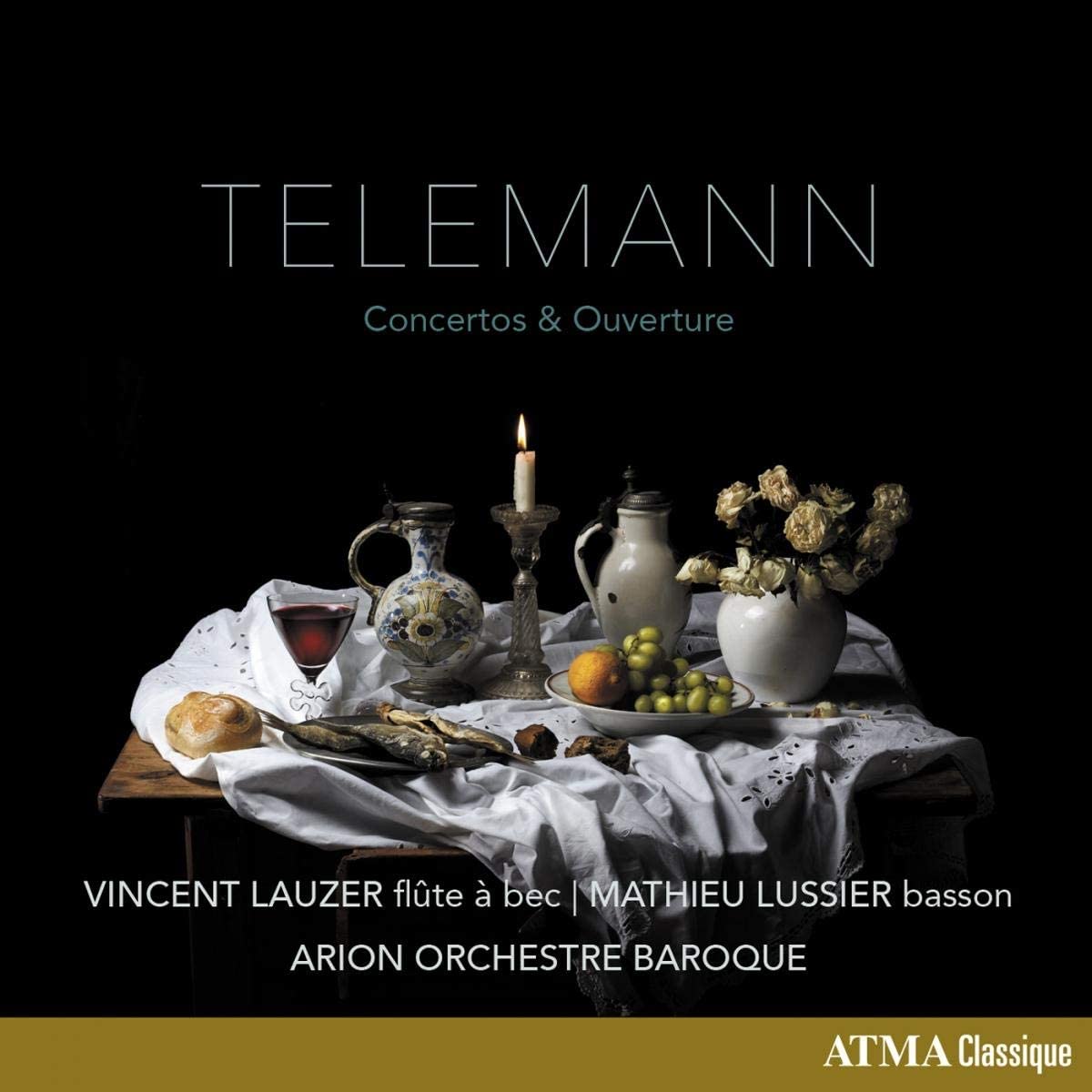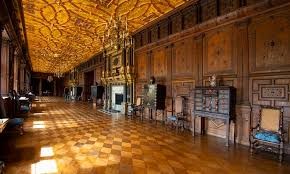Bor Zuljan lute
65:57
Ricercar RIC 425
Click HERE to buy this on amazon.co.uk
For his debut solo recording, Bor Zulyan presents a programme of music by John Dowland (1563-1626), concentrating particularly on fantasies (eight altogether) offset with pieces of a less melancholic nature. He begins with “A Fantasia” from Jane Pickeringe’s lute book (fols 23v-24r), included by Diana Poulton as no. 71 under “Pieces of uncertain ascription”. (There is no attribution in the manuscript.) It is a stark opening to a CD – silence is broken by a solitary semibreve h on the first course, followed by two minims at the same pitch. This is the beginning of a slow descending chromatic scale, a theme similar to Dowland’s Forlorn Hope Fancy. Zuljan sustains the piece well through its contrasting sections: the theme now in semibreves, now in minims, supported by tripla crotchets in the bass, with fast semiquavers above, down the 7th course to the lowest note of the instrument, and finally above harmonies of mainly subdominant and tonic.
Next is “A Dream”, Poulton no. 75, another piece of uncertain ascription, but very much in Dowland’s style. It has three repeated sections, and looks like a pavan. In the editorial notes to her edition of Dowland’s music, Poulton argues convincingly that it may be a setting of Lady Layton’s Pavan. Full marks to Zulyan for his own divisions added for repeats, which are stylish and tasteful.
There follows a third piece of uncertain ascription, “A Fancy”, Poulton no. 73. The opening motif is similar to “All in a garden green”, and there is much which reminds one of Dowland’s Fantasy 1a. The last section has an extraordinary tremolo passage which climaxes with Dowland’s characteristic ending of alternating subdominant minor and tonic chords. The manuscript stops the tremolo for those chords, but Zuljan, with acceptable artistic licence, keeps it going over the chords so as not to lose momentum until the final bar. Exciting stuff.
The excitement continues with “Can she excuse” and “The Right Honourable Robert, Earl of Essex, His Galliard”, which are essentially two different settings of the same galliard. However, I feel Zulyan plays them rather too quickly, and it’s all a bit of a rush. His timing is 2’55” for both, which averages out at slightly less than 1’30” each. This compares with David Miller at 1’58”, Nigel North at 1’55”, and Paul O’Dette at 1’45”.
There is much to enjoy here – 18 tracks in all – including a spirited performance of the well-known “Lady Hunsdon’s Puffe” (with a surprisingly abrupt ending) and “Sir John Smith, His Almain”. The CD ends with “Farewell”, a fantasy with a theme involving an ascending chromatic scale, which may have influenced, or been influenced by, Thomas Weelkes’ madrigal, “ Cease sorrows now”.
In the liner notes, Zuljan includes a lengthy account of John Dowland’s life. I raise an eyebrow at “He was most likely born in 1563 in Westminster, London or Dublin.” On page 21 of her book, John Dowland, Diana Poulton gives two pieces of unequivocal evidence supplied by Dowland himself that he was born in 1563, and she shows that Dr Grattan Flood’s idea that Dowland was born in Dalkey, Co. Dublin, is pure fancy.
Zulyan plays an 8-course lute in F (at A=440) after Venere (1582) built by Jiří Čepelák (Prague, 2012). It has a well-balanced sound with clear, bright treble notes. The strings are in gut, made by Davide Longhi from Corde Drago. The overall sound is pleasant on the ears, particularly in the bass with the characteristic sound of gut, and one can forgive an occasional over-exuberant open 6th course played for final chords of G major.
Zulyan has an impressive technique, and shows much sensitivity in his playing. I look forward to his next CD.
Stewart McCoy
